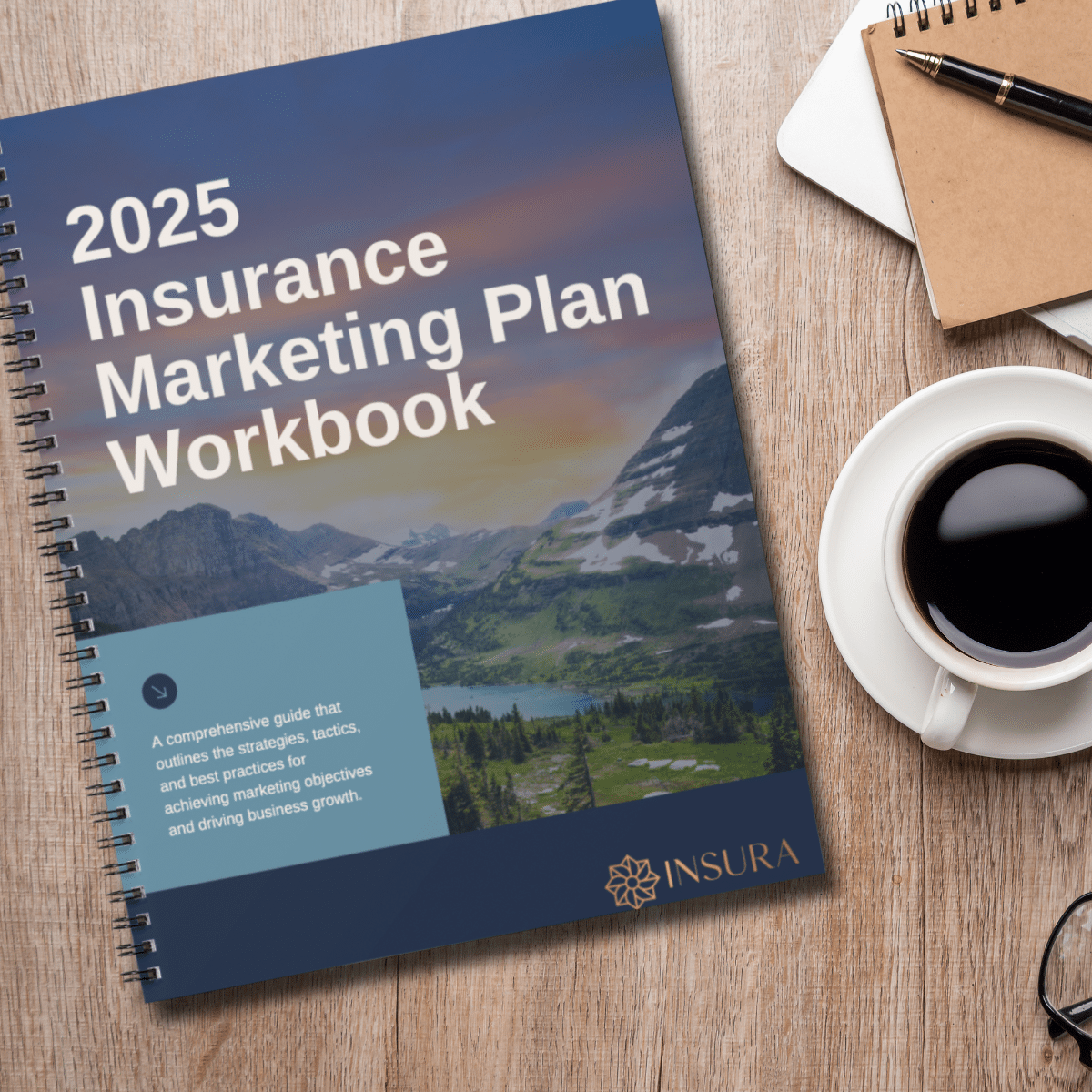In the competitive landscape of life insurance and annuities, a strong brand is more than just a logo or a catchy tagline—it’s the foundation of your agency’s identity. A well-defined brand differentiates your agency from the competition, builds trust with potential clients, and fosters long-term relationships. In this guide, we’ll walk you through the essential steps to building a powerful and cohesive brand for your insurance agency.
1. Define Your Agency’s Mission, Vision, and Values
The first step in building a strong brand is to clearly define your agency’s mission, vision, and values. These elements form the core of your brand identity and guide all your marketing efforts.
Key Actions:
- Mission Statement: Craft a mission statement that articulates the purpose of your agency. It should answer questions like: What do we do? Who do we serve? Why do we exist? For example, “Our mission is to provide personalized life insurance solutions that protect families and secure their financial future.”
- Vision Statement: Your vision statement should reflect where you want your agency to be in the future. It’s a forward-looking declaration of your aspirations. For instance, “To be the leading provider of innovative and reliable annuity products that empower clients to achieve their retirement goals.”
- Core Values: Identify the principles that guide your agency’s actions and decisions. These might include integrity, customer-centricity, innovation, and transparency. Ensure these values are reflected in every aspect of your business, from client interactions to internal processes.
2. Craft Your Unique Selling Proposition (USP)
Your Unique Selling Proposition (USP) is what sets your agency apart from others. It’s the distinctive benefit or advantage that you offer to your clients that they can’t easily find elsewhere.
Key Actions:
- Identify Your Strengths: Analyze your agency’s strengths and how they align with the needs of your target audience. Are you known for exceptional customer service? Do you offer a broader range of products or more personalized solutions?
- Understand Your Audience: Consider what matters most to your clients when choosing an insurance provider. Is it trust, affordability, expertise, or convenience?
- Craft Your USP: Combine your strengths with what your clients value most to create a compelling USP. For example, “We provide tailored life insurance solutions with a focus on personalized service and long-term client relationships.”
3. Develop a Consistent Visual Identity
A consistent visual identity helps build brand recognition and ensures that your agency is easily identifiable across all platforms and touchpoints. This includes your logo, color scheme, typography, and imagery.
Key Actions:
- Logo Design: Your logo should be simple, memorable, and reflective of your agency’s values. It’s worth investing in professional design to ensure your logo is both unique and versatile.
- Color Scheme: Choose a color palette that conveys the right emotions and is consistent with your brand’s personality. For example, blue is often associated with trust and professionalism, making it a popular choice for financial services.
- Typography: Select fonts that complement your logo and are easy to read across different mediums. Consistency in typography helps create a cohesive brand experience.
- Imagery: Use imagery that aligns with your brand’s message and resonates with your target audience. Whether it’s professional headshots of your team, images of happy families, or abstract visuals, ensure they contribute to the overall brand narrative.
4. Ensure Brand Consistency Across All Channels
Consistency is key to building a strong brand. Every touchpoint—whether it’s your website, social media, or client communications—should reflect your brand’s identity and reinforce your message.
Key Actions:
- Brand Guidelines: Create a comprehensive brand guide that outlines the dos and don’ts of using your logo, color scheme, typography, and other visual elements. This guide will ensure that everyone in your organization, as well as any external partners, consistently represent your brand.
- Website: Your website is often the first point of contact for potential clients. Ensure it’s designed in line with your brand guidelines and offers a seamless user experience. From the homepage to the contact form, every element should reflect your brand identity.
- Social Media: Maintain a consistent tone of voice and visual style across all social media platforms. Whether you’re posting on LinkedIn, Facebook, or Twitter, your brand should be instantly recognizable.
- Client Communications: From emails and newsletters to policy documents and customer service interactions, consistency in how you communicate with clients reinforces your brand’s reliability and professionalism.
5. Build a Brand Voice That Connects with Your Audience
Your brand voice is how your agency “speaks” to its audience. It should be consistent across all communications and resonate with your target clients, whether they’re young professionals, families, or retirees.
Key Actions:
- Define Your Brand Voice: Determine the tone and style of your communication. Is your brand voice formal or conversational? Authoritative or friendly? For example, a brand targeting younger clients might use a more casual, approachable tone, while one focusing on retirement planning might adopt a more professional and reassuring voice.
- Consistency in Messaging: Ensure that your brand voice is consistent across all content, from website copy and blog posts to social media updates and customer emails. Consistent messaging helps build trust and familiarity with your audience.
- Adapt as Needed: While consistency is important, it’s also essential to adapt your brand voice to different contexts. For instance, a social media post might be more casual than a formal email to a client. However, both should still reflect your overall brand identity.
6. Promote Your Brand Through Thought Leadership
Establishing your agency as a thought leader in the insurance industry not only builds credibility but also strengthens your brand. By sharing your expertise and insights, you can differentiate your agency and build trust with your audience.
Key Actions:
- Content Marketing: Regularly publish blog posts, whitepapers, and case studies that address the needs and concerns of your target audience. Topics might include “How to Choose the Right Life Insurance Policy” or “Understanding the Benefits of Fixed Annuities.”
- Speaking Engagements: Participate in industry conferences, webinars, and podcasts to share your knowledge and build your brand’s authority. Positioning yourself as an expert in the field can enhance your agency’s reputation and attract new clients.
- Media Contributions: Contribute articles or provide expert commentary to industry publications and news outlets. This not only increases your agency’s visibility but also reinforces your brand as a trusted source of information.
Conclusion
Building a strong brand for your insurance agency is a strategic process that involves defining your identity, creating a consistent visual and verbal presence, and establishing your agency as a trusted authority. By following these steps, you can differentiate your agency in the marketplace, attract the right clients, and foster long-term success.
At Insura, we specialize in helping insurance agencies build powerful brands that resonate with their target audience and drive growth. Contact us today to learn how we can help you create a brand that stands out in the competitive insurance landscape.



